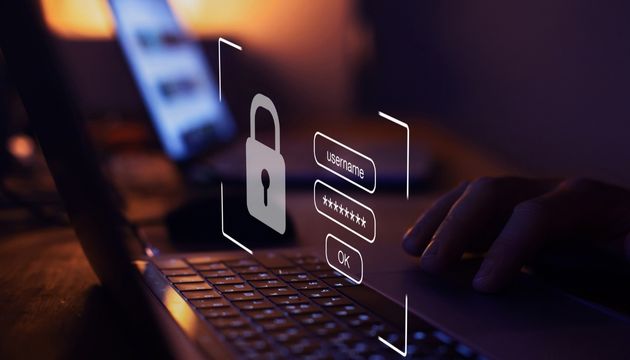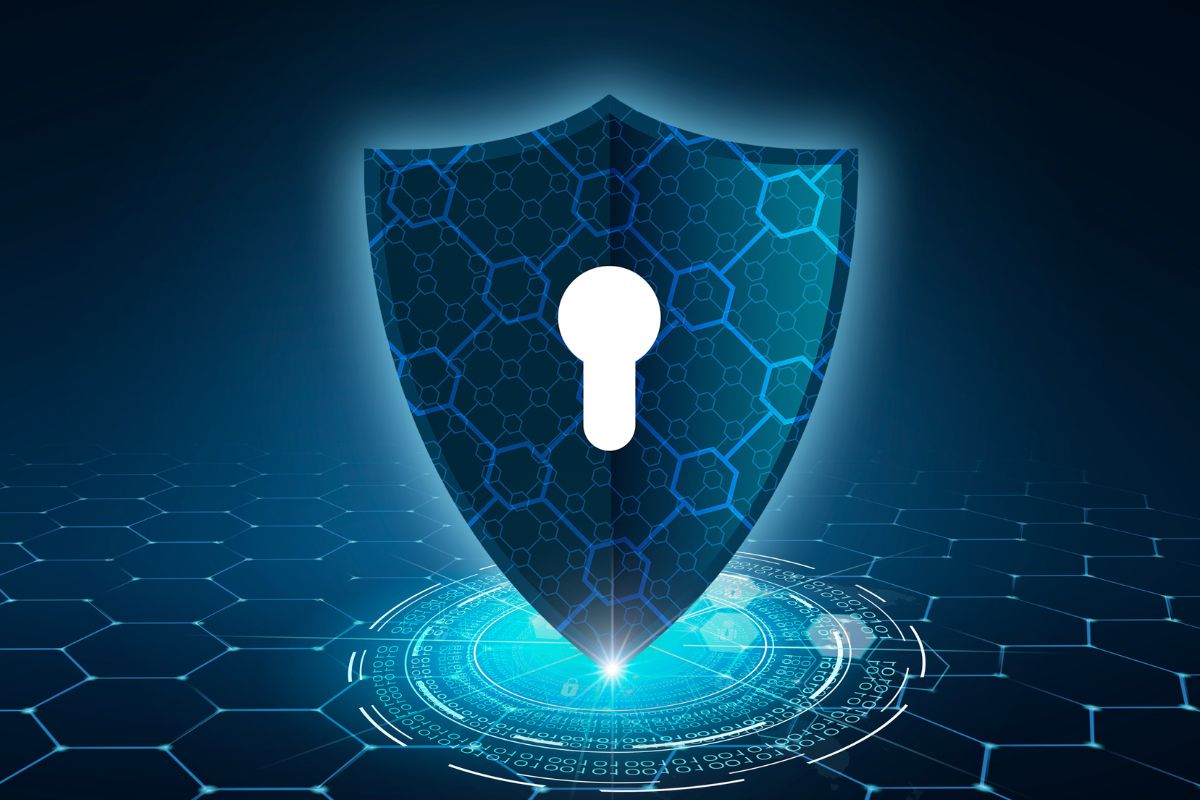In the digital economy of 2025, cybersecurity is no longer a backend IT concern or a check-the-box compliance task. It is the very foundation of growth, trust, and long-term competitiveness. With cybercrime expected to cost the global economy more than 12 trillion dollars this year, businesses across North America, especially small and medium-sized enterprises, must treat cybersecurity as a strategic asset.
This shift is not driven by fear but by foresight. Modern businesses, from agile startups to legacy enterprises, are recognizing that digital confidence begins with digital safety. In a marketplace shaped by AI, cloud ecosystems, and seamless integrations, your cybersecurity posture directly influences customer retention, brand equity, and innovation capacity.
The Evolving Cybersecurity Landscape in North America:
United States: Resilience Under Pressure
In the U.S., federal and state agencies continue to push cybersecurity to the top of the national agenda. The Cybersecurity and Infrastructure Security Agency plays a major role in this strategy, providing guidance, tools, and intelligence. However, recent budgetary constraints have challenged its ability to stay ahead of state-sponsored and AI-driven threats.
Despite these pressures, American businesses are expected to lead in zero trust architecture adoption and machine learning-based threat detection. In many ways, the U.S. private sector is driving the charge by leveraging innovation to close public-sector protection gaps.
Canada: Collaboration as Strategy
In Canada, the 2025 National Cyber Security Strategy emphasizes public-private collaboration, agile leadership, and citizen engagement. Recognizing that nearly three-quarters of critical infrastructure is privately owned, the Canadian government is promoting data-sharing initiatives to raise collective defense standards.
The country’s investments in quantum-safe encryption and AI-powered mitigation indicate where forward-looking companies should concentrate their efforts.
2025’s New Threat Frontiers:
Cyber threats in 2025 are not just more frequent, they are more intelligent and harder to detect.
- AI-Powered Phishing is transforming digital deception. Threat actors use generative AI to clone voices and writing styles, making malicious communications incredibly convincing.
- Quantum Risk poses an existential threat to today’s encryption. Without action, the data that fuels your business could be cracked wide open in seconds.
- Supply Chain Exploits continue to rise. Even secure enterprises can be breached through vulnerable vendor portals.

The Small Business Cybersecurity Wake-Up Call:
Small and medium businesses remain prime targets. Nearly half of all cyber breaches affect companies with fewer than 1,000 employees. These businesses often suffer from outdated software, little to no employee training, and weak security protocols.
But size is not a barrier to security. With the right tools and habits, SMBs can become as resilient as large enterprises.
Affordable Defense: A Five-Layer Framework:
- Multi-Factor Authentication: A simple yet powerful way to prevent over 90 percent of credential-based intrusions.
- Employee Training: Regular sessions help staff identify phishing, social engineering, and fake logins.
- Patch Management: Automate software updates to close known security gaps quickly.
- Network Segmentation: Isolate payment and personal data systems from general operations.
- Incident Response Planning: Develop and test a plan so you’re not guessing during a real attack.
Enterprise-Grade Security: Building for Scale:
Enterprises with complex tech stacks face broader attack surfaces. Cloud-based workflows, mobile apps, and connected devices can all become entry points if left unprotected.
Smart Security Moves Include:
- Predictive Threat Modeling: Using AI to simulate threats before they occur.
- Zero Trust Architecture: Every user and device is treated as untrusted until proven otherwise.
- Continuous Monitoring: Real-time systems flag unusual behavior before damage is done.
Security leaders now work side by side with executive teams. It is no longer enough to have technical compliance. Cybersecurity must align with business strategy.

Digital Warfare Tactics: Defense Beyond Firewalls:
Threat actors now use advanced techniques that go far beyond traditional malware.
- Deepfake Attacks: Fake videos or audio messages that impersonate CEOs and executives.
- Ransomware-as-a-Service: Cybercriminals rent out attack software, lowering the barrier for entry.
- AI Reconnaissance: Bots constantly probe systems for weaknesses.
How to Stay Ahead:
- Behavioral Analytics: Watch how users interact with systems, not just what they access.
- Quantum-Ready Encryption: Begin adopting lattice-based cryptography and other future-safe protocols.
- Cyber Deception: Set traps and decoys that lure attackers away from real assets and gather intelligence.
The 2025 Implementation Roadmap:
Every business should focus on the following fundamentals in the next year:
- Passwordless Authentication: Move to biometric or token-based verification.
- DNS Encryption: Encrypt all internet traffic to stop interception and redirect attacks.
- AI-Powered Threat Detection: Intelligent agents should monitor and learn from evolving threat patterns.
For scaling organizations:
- Cyber Insurance Optimization: Lower premiums with detailed risk assessments.
- Dark Web Monitoring: Watch for leaked data, fake domains, or impersonation.
- Compliance Automation: Stay updated on evolving standards like GDPR, CCPA, and PIPEDA.
The Strategic Imperative:
Cybersecurity is now synonymous with business resilience. It’s what separates thriving digital brands from those one breach away from disaster. When properly implemented, cybersecurity does more than protect. It enables growth, accelerates innovation, and builds long-term customer trust. From solo entrepreneurs to multinational giants, the winning strategy in 2025 is clear. Prioritize cybersecurity from the ground up. Because the companies that are securing their systems today are the ones that will be scaling their impact tomorrow.





